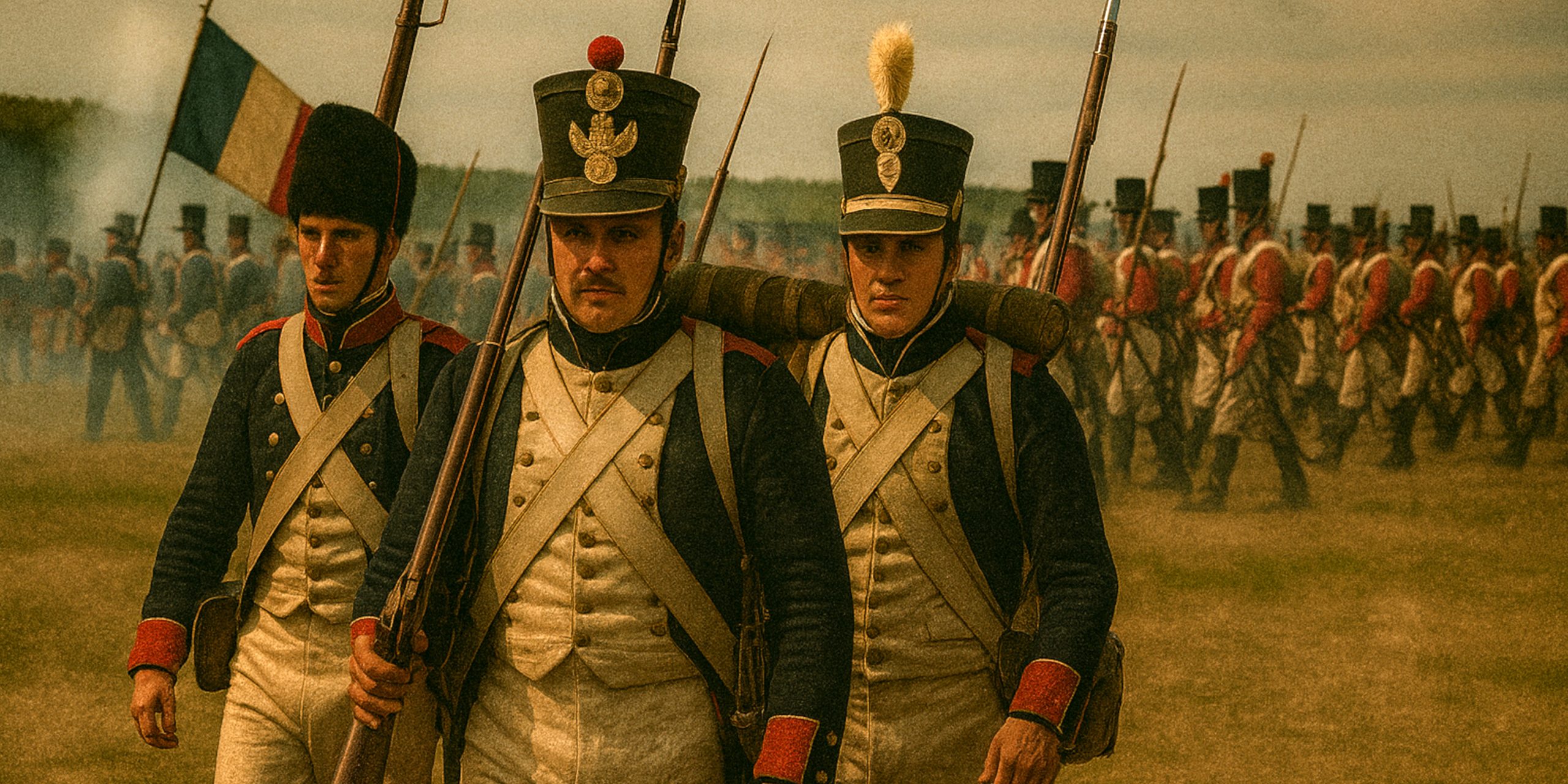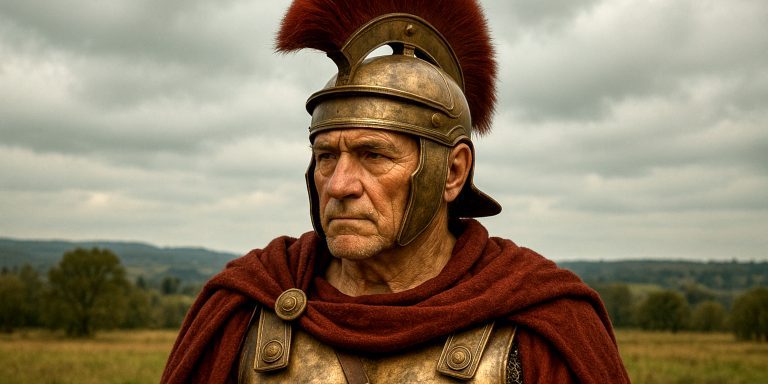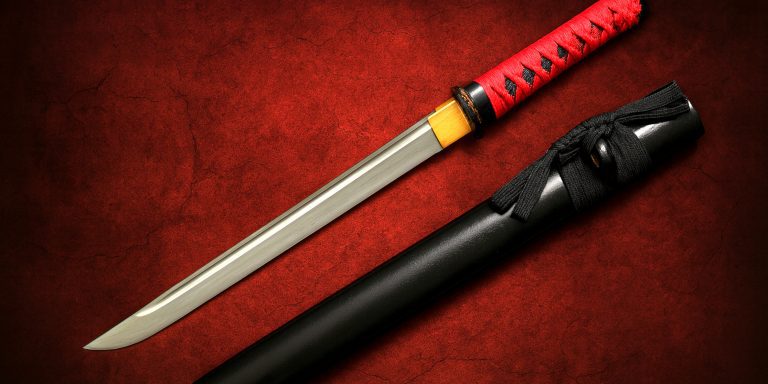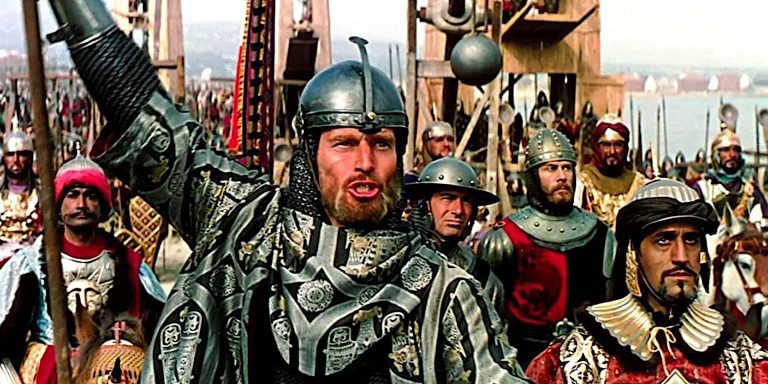
Historical reenactment is one of those curious pursuits where passion for the past collides with the present. It sits somewhere between theatre, scholarship, and devotion. Whether it’s a Roman legionary in a field in Lincolnshire or a Civil War musketeer marching through Virginia, the hobby of reenactment is an act of both remembrance and recreation.
Early Origins: From Pageantry to Performance
The instinct to relive history isn’t new. As early as the Middle Ages, people staged tournaments and mock battles that recalled famous conflicts such as the Crusades or local feuds. These events were less about accuracy and more about spectacle, celebrating martial prowess and chivalric ideals.
The idea of deliberately reconstructing the past as an educational or commemorative act began to take shape in the 18th and 19th centuries. European monarchies, particularly in Britain and France, organised military pageants to commemorate victories like Waterloo or Trafalgar. The goal was national pride rather than historical accuracy, but the seeds of reenactment were there: uniforms, choreography, and a desire to relive the great moments of history.
The Victorian Obsession with the Past
The Victorians adored history. Museums flourished, archaeological societies boomed, and the first costumed public pageants appeared. The Eglinton Tournament of 1839 in Scotland is often cited as an early example of modern reenactment, albeit a chaotic one. Thousands gathered to watch knights in armour joust in the rain, inspired by a romantic longing for a chivalric age that had long since passed.
This was the age when historical costume became a tool for education and nostalgia. Theatres and public exhibitions borrowed heavily from the past, blending fact and fantasy. By the end of the 19th century, living tableaux of historical scenes had become a staple of public entertainment in both Britain and America.
The Birth of Modern Reenactment
The modern hobby as we recognise it emerged after the Second World War, when the public’s appetite for understanding history deepened. Veterans, historians, and hobbyists began organising events that focused not only on visual authenticity but also on experiential history.
In the United States, groups began reenacting battles from the American Civil War, complete with camps, drills, and historically accurate weapons. Across the Atlantic, Britain saw the rise of Roman and medieval living history groups, with pioneers like the Sealed Knot Society in the 1960s leading the way.
These were the first generations of reenactors who saw themselves as interpreters rather than actors. They wanted to teach as much as entertain, bringing tactile, sensory history to the public in a way museums could not.
The Pursuit of Authenticity
As the hobby matured, so too did its standards. What began as enthusiastic play gradually evolved into a serious pursuit of authenticity. Hand-stitched garments replaced polyester tunics, historically accurate cooking replaced barbecues, and even the stitching on a Roman sandal became a subject of heated debate.
Living history museums such as Plimoth Plantation in the United States and Kentwell Hall in England set new benchmarks for immersive interpretation. Reenactors didn’t just wear the past, they lived it, sleeping in tents, eating period food, and speaking in historical dialects.
For many, it became a blend of experimental archaeology and education, testing how weapons worked, how armour felt, and how soldiers or civilians endured the conditions of their time.
Reenactment in the Modern Era
By the late 20th century, reenactment had diversified into an extraordinary range of periods and themes. Roman legions, Viking raiders, medieval knights, Napoleonic soldiers, World War II paratroopers, and even Cold War troops all found their place.
Festivals, castle weekends, and large-scale battle events became fixtures in Europe and North America. Digital technology later added a new layer, social media groups, YouTube channels, and documentaries now share expertise and connect reenactors worldwide.
Today, many groups collaborate directly with heritage organisations and museums, contributing to research, conservation, and public engagement. What began as pageantry has become a bridge between history and public imagination.
Why Reenactment Endures
Reenactment persists because it satisfies a deep human impulse: the desire to understand history by living it. Reading about the Battle of Hastings is one thing; standing in armour on the same wind-swept field is another.
For participants, it offers community, craftsmanship, and a tangible connection to those who came before. For audiences, it turns dusty textbooks into living stories. It’s not about playing dress-up, it’s about honouring the past with the senses, the body, and the imagination.
The Seven Swords Takeaway
As a historian, I see reenactment as a peculiar but invaluable form of public history. It’s an imperfect mirror of the past, yes, but one polished by passion and curiosity. While the academic may raise an eyebrow at a misplaced button or an anachronistic turn of phrase, the reenactor keeps history breathing.
If history is the record of what happened, reenactment is the echo of how it felt.



